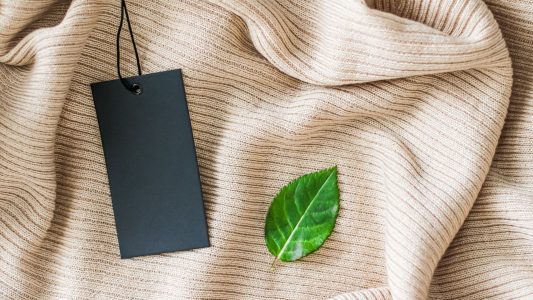
The world of fashion is known for its effervescence and constant changes. New collections appear every season, presenting countless trends that delight the public. However, the fashion industry is one of the most polluting on the planet, contributing significantly to environmental degradation. In this scenario, sustainable fashion emerges as a necessary and urgent alternative.
The Importance of Sustainable Fashion
Environmental impact:
The production of fabrics and clothing is highly intensive in natural resources. For example, to produce just one pair of jeans, around 7,000 liters of water are needed. Furthermore, the use of toxic chemicals, such as dyes and bleaches, contaminates rivers and soil. Not to mention waste: millions of tons of clothes are discarded every year.
Social Consequences:
Clothes are often produced under precarious working conditions, with low wages and long working hours. Not to mention child exploitation in some factories around the world.
Paradigm change:
Sustainable fashion seeks to change this reality by promoting more conscious production and consumption methods. It prioritizes the use of organic, biodegradable or recycled materials and seeks to ensure that working conditions are fair and ethical.
How to Participate in Sustainable Fashion
Participating in this sustainable revolution is simpler than you might think, and it is worth highlighting that every small gesture makes a difference.
Getting Started with Buying Sustainable Brands:
The first meaningful step you can take is to support brands that are transparent about their sustainable practices. Pay attention to companies that use organic or recycled materials and that have certifications that prove their ethical practices.
Migrating to Conscious Consumption:
Subsequently, before making any purchase, it is crucial to ask: “Do I really need this?” Reducing consumption represents the most effective way to minimize our environmental impact. When purchasing is unavoidable, the choice should be on high-quality pieces that have a longer useful life.
Exploring Do It Yourself (DIY):
Plus, customizing your own old clothes can give them a new lease of life. If you find yourself unsure how to do this, there are plenty of tutorials online that range from the basics of how to sew on a button to more advanced methods like turning a pair of jeans into a stylish skirt.
Embracing Recycling and Donation:
If you are no longer interested in a piece of clothing, it is important not to throw it in the trash. Choose to donate it to someone who really needs it or even recycle it. It is interesting to note that some brands offer specific recycling programs.
Investing in Education and Outreach:
Of course, no less important is making a conscious effort to educate yourself more on the topic. Along these lines, consider following influencers who specifically focus on sustainability issues. Furthermore, don't hesitate to take the opportunity to participate in events or workshops related to the subject. It is essential to understand that the more people are aware of the environmental impact of fashion, the faster we will achieve significant changes in our society.
Betting on Collection and Activism:
Finally, use your social media as a platform to demand more sustainable practices from brands. Many companies will only reconsider their practices when they realize that there is genuine consumer demand to do so.
Of course, sustainable fashion is not merely a passing “trend”. In fact, it symbolizes a new approach, a new way of thinking and acting in relation to our planet and the people who reside on it. Through small changes to our daily habits and by making more conscious choices, it is arguably possible to make a big difference in the world around us. Therefore, now is the crucial time to actively engage in this revolution.
